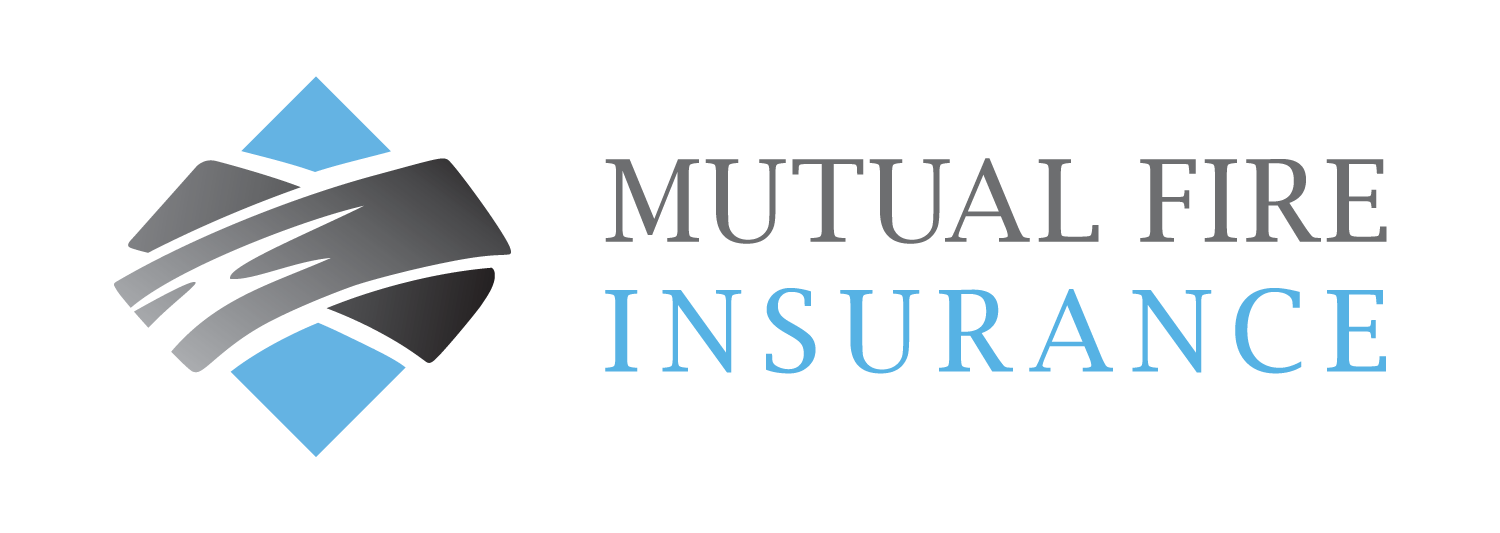Subrogation 101 for Policyholders

Subrogation. Now that is a big insurance word.
Generally, subrogation is a term describing a legal right held by a party (insurance company) who assumes the right to legally pursue a third party that caused the loss to the first party (the policyholder). Once a loss is paid, the insurer gains the right to legally pursue the amount of damages paid to the policyholder for the loss.
If you are a property and casualty insurance policyholder—in other words, if you have a home, commercial, or farm insurance policy, subrogation for damages that you may have experienced, or an action to subrogate against you for damages that you may have caused, could impact you.
Let’s start with an example claim scenario to highlight how subrogation may present itself.
You have just moved into a new house, a custom build which took 18 months to complete. Three months after moving into the house, a water pipe bursts in the ceiling above your kitchen. Water pours though the ceiling damaging your new kitchen. The plumbing system is brand new, and it is apparent the cause of the burst pipe was due to improper installation by the plumber.
In this scenario, you have two options:
- Seek out the plumber who installed the pipe and sue them directly for damages.
- Make a claim with your home insurance company.
The law dictates you can do only one of the above. Individuals cannot “double-dip” and seek payment from both the plumber and the insurance company.
Continuing with the example, you’ll see how subrogation comes into play:
The homeowner chooses to make an insurance claim and begins the process with their company. After reviewing the claim, insurance coverage is confirmed and work to repair the pipe and kitchen begins. Shortly after the claim is approved, the insurance company identifies there is subrogation potential and notifies the plumber and you by letter. The company will seek damages from the plumber on your behalf when the claim is paid.
The “subrogation potential” in the example is that the cause of the loss was by an improper and negligent installation by the plumber. If the pipes had been installed correctly, they would not have burst! If fault (or the liability) is established, the insurance company can act on behalf of the policyholder and seek reimbursement for the costs of the water damage claim.
Acting on behalf of the policyholder (i.e., subrogation) is legislated in each provincial insurance act and is also addressed in your insurance contract. Review your policy wordings to understand exactly how subrogation will be handled by your insurance company.
Why Insurance Companies Subrogate (and How it Benefits You)
If there is a strong likelihood of successful subrogation, an insurance company may try to subrogate in order to recuperate costs from the claim, although there are no guarantees of success. A case must be made to prove that the party was negligent or that the product was defective and detail how it was the cause of damage. This may lead to a court date where the insurance company and the third party make their case before a judge. Some settlements are reached before a court date with mediation.
Keep in mind, the insurance company may decide the overall effort and costs required in order to successfully subrogate may not be warranted. It’s a decision which will be made by the insurance company.
Should the insurance company succeed in recovering some or all of the damages of the claim, a portion will be returned to the policyholder, this is the part which can benefit you! The amount returned is based on the deductible paid and calculated in proportion to the net dollar amount recovered.
In the example of the insurance company versus the plumber, the plumber was deemed to be 50% at fault for the burst water pipe. The total cost of the claim was $52,500 so the plumber pays $26,250. Subtracting $4,000 for the cost of experts and legal fees, the insurance company’s net recovery is $22,250 which is 43% of the cost of the claim. Therefore, the insurance company returns 43% of the $2,500 deductible to the policyholder or $1,075.
A Policyholder’s Responsibility in Subrogation
If an insurance company seeks to subrogate a third party, they may need your help to be successful. Here is a brief list of some of the tasks your insurance company might ask of you:
- Preserving evidence of the damage or the defective product
- Providing more details about the damaged property
- Going to court to act as a witness
- Confirming values for any uninsured portion of the loss
At times, you may know the person or company being subrogated against for damages that they may have caused to property you own. That can be uncomfortable, but remember, it is not you who is acting against the third part, it is at the discretion of the insurance company. Most often, the other person or company is insured, and their insurance company will deal directly with the other insurer.
If you have any questions regarding your specific claim and why or why not your insurance company will subrogate, always reach out directly to your insurance broker or your claims adjuster. They are experts and can help you understand the details unique to your loss.

